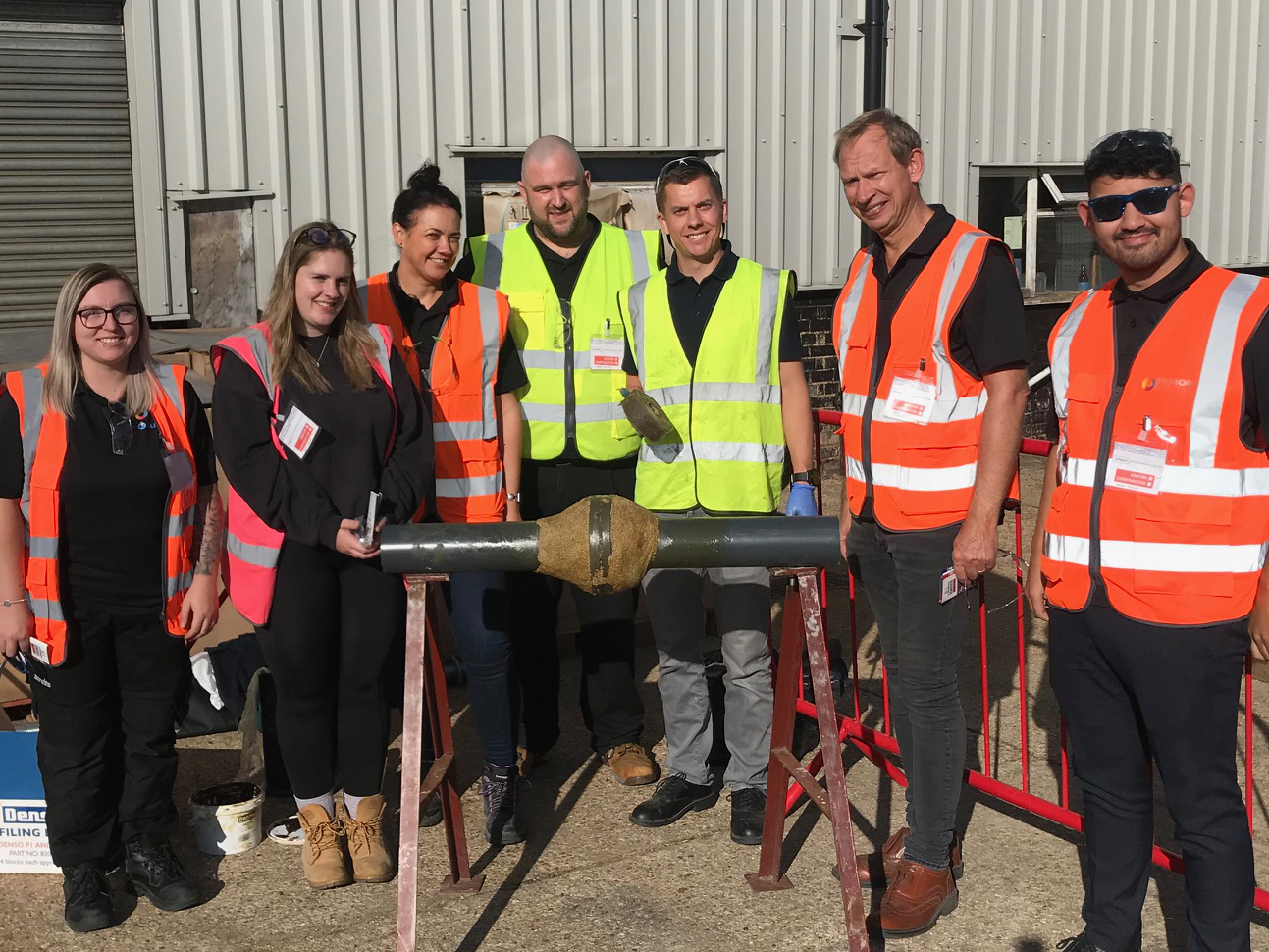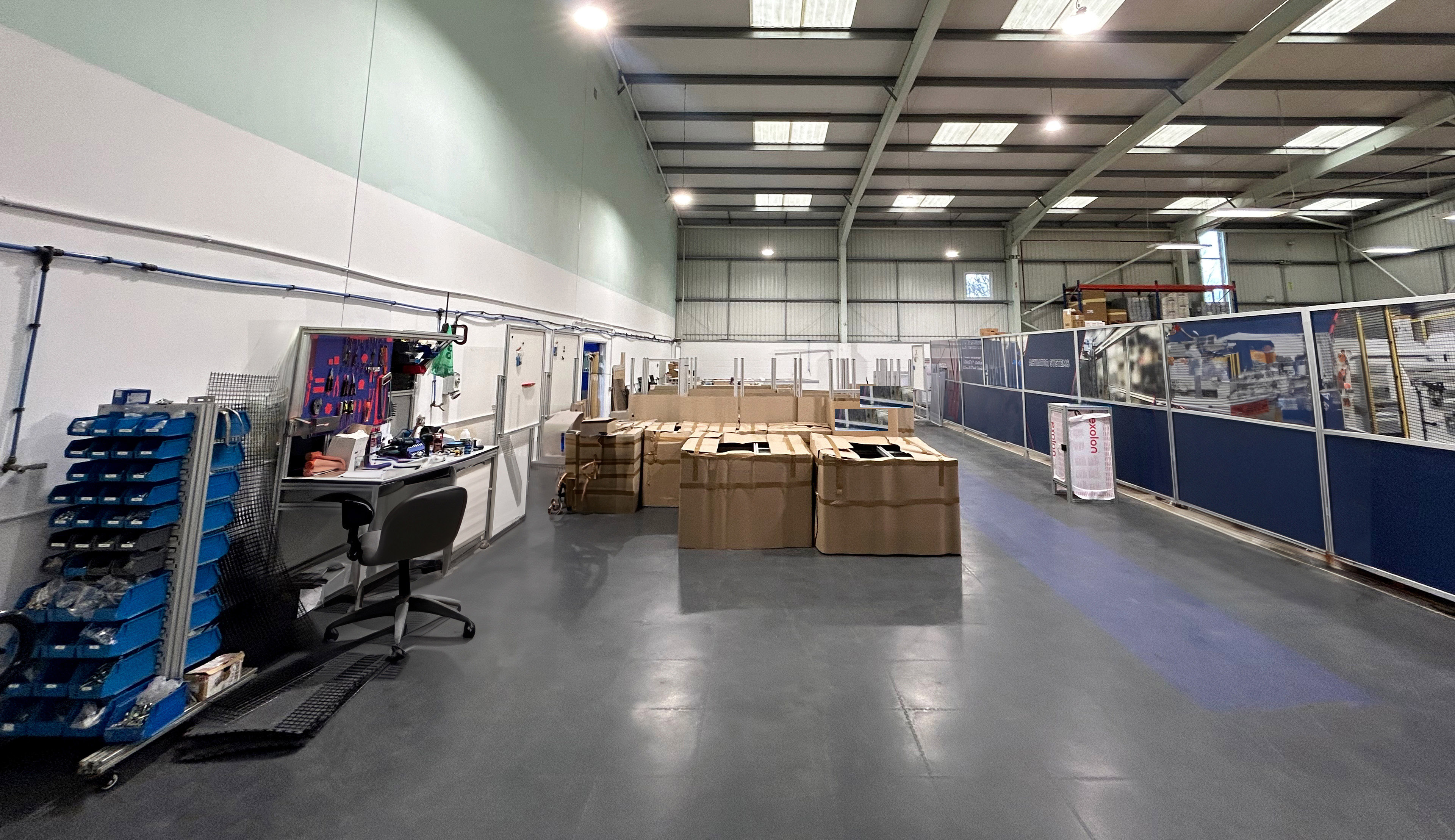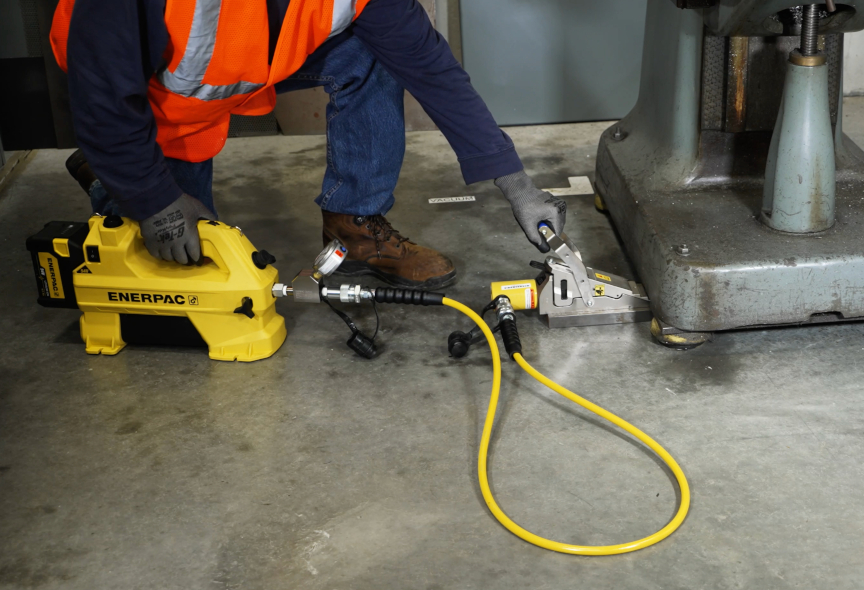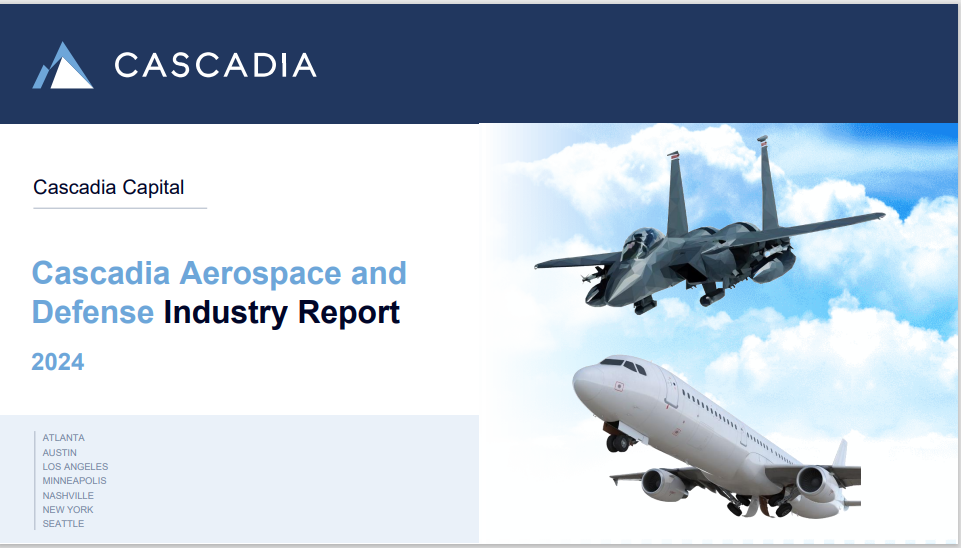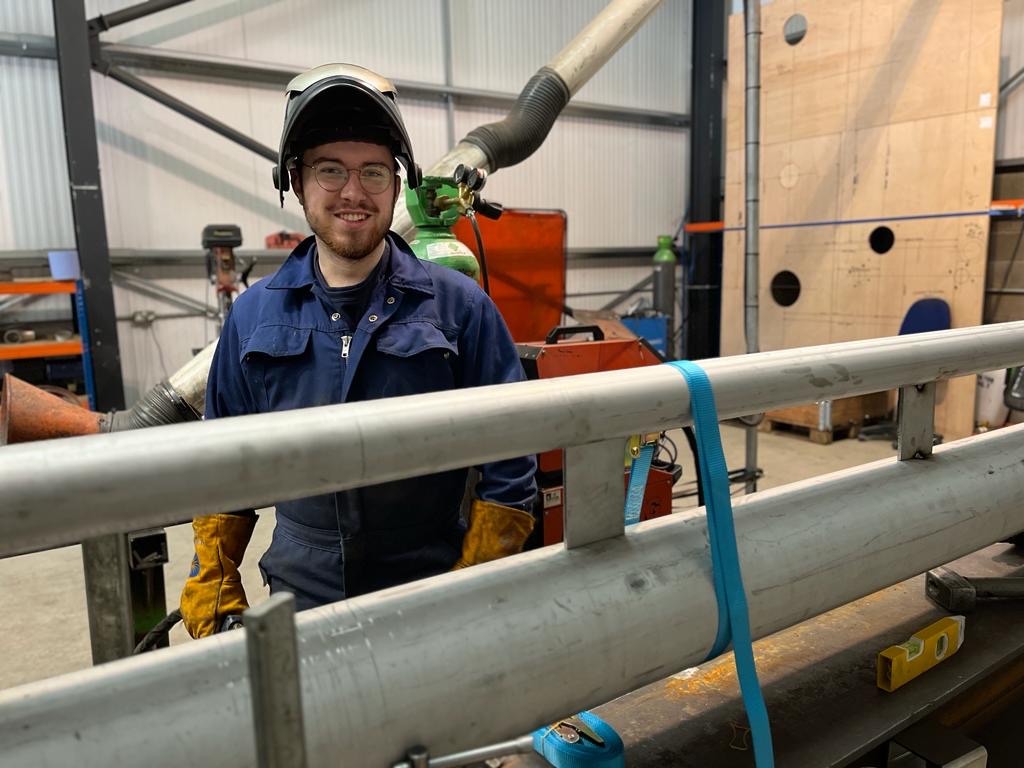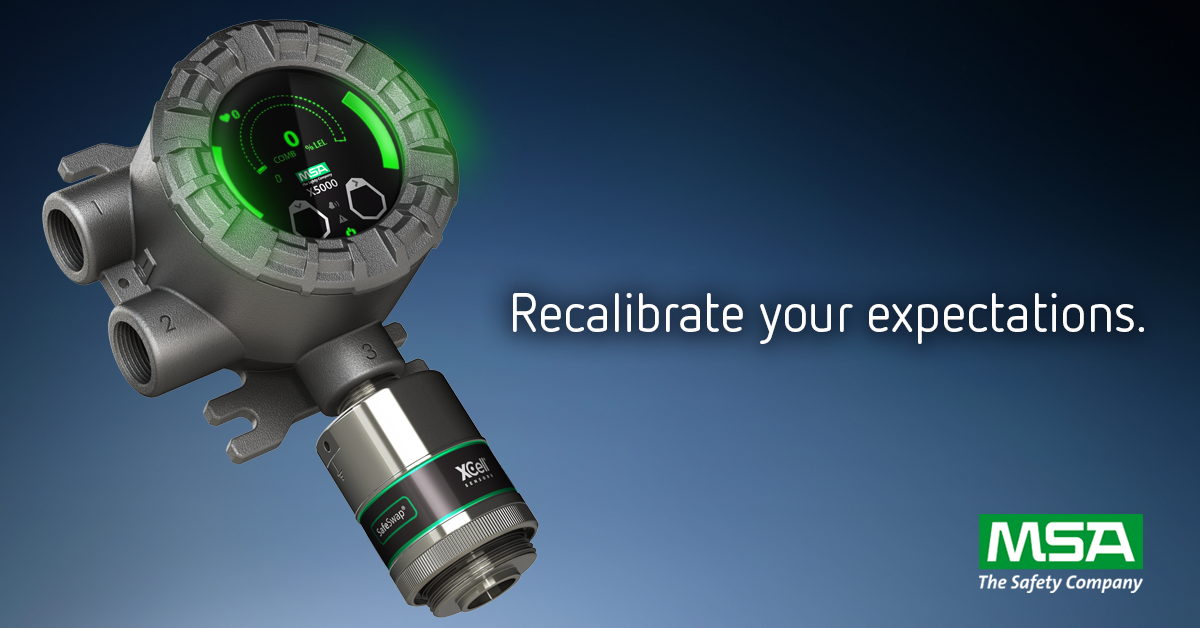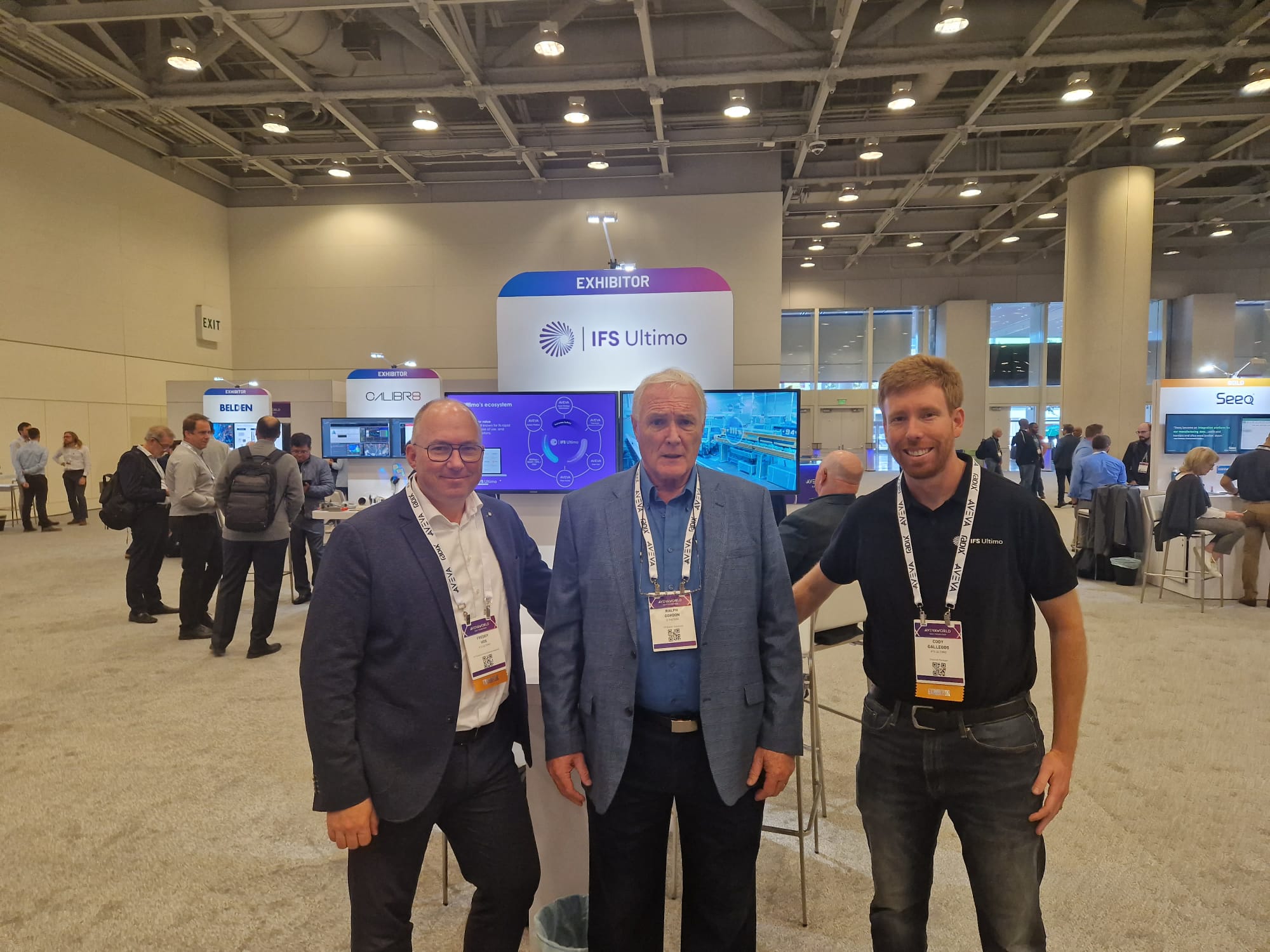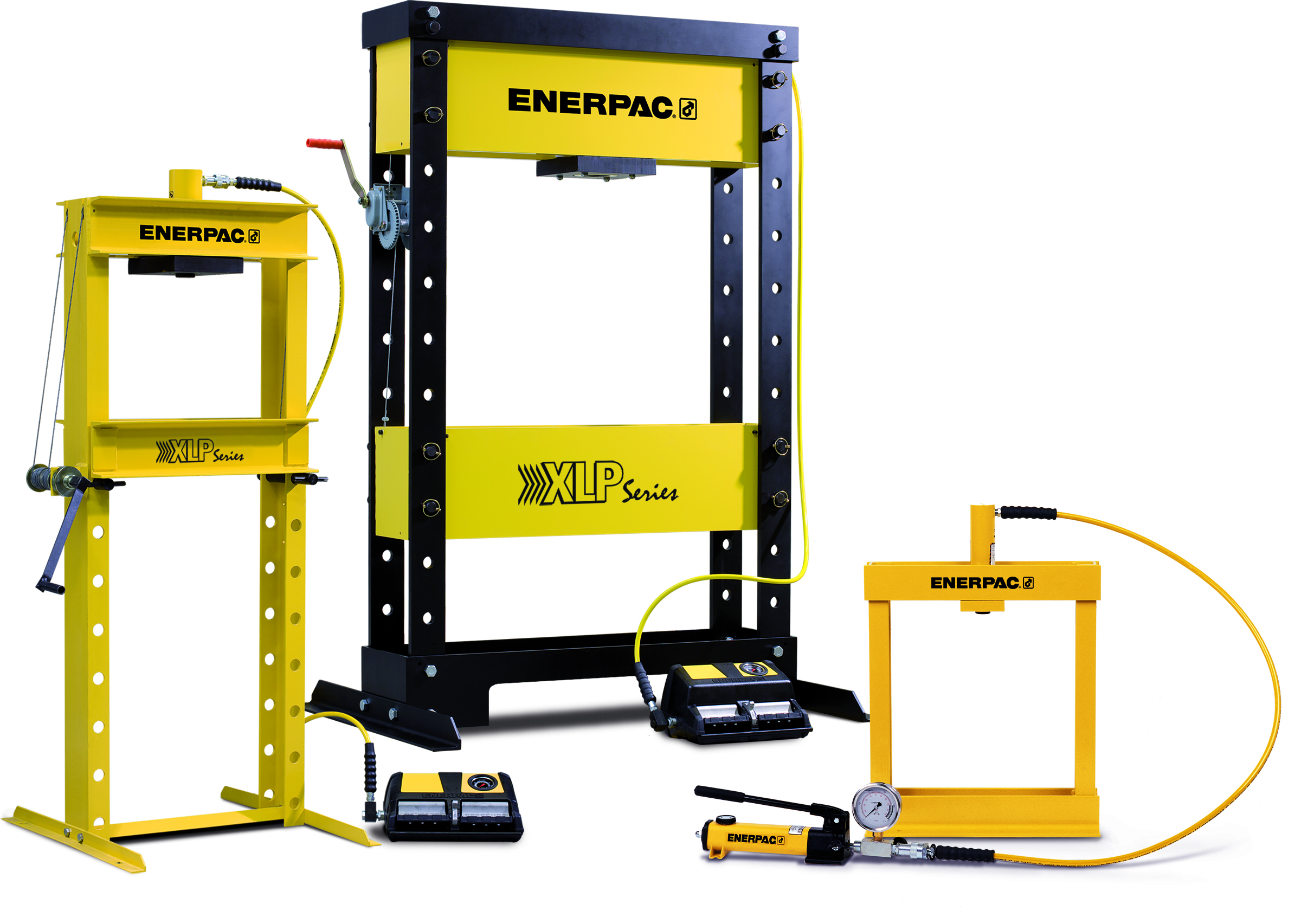Fixed gas detectors play a critical role in safeguarding people, places, and the planet against potentially life-threatening gases in environments ranging from high value industrial complexes to laboratories and hazardous confined spaces. However, to ensure their accuracy and reliability, regular calibration is an indispensable practice.
Calibration is usually a two-step procedure – the zero and the span. In the first step, the sensor is zeroed using ambient air after confirming that the target gas is not present or by using a suitable gas from a cylinder. The second step is to expose the instrument to the calibration gas that contains a known concentration of the target gas the sensor is designed to measure. The readings are then adjusted to match these values.
Whether an instrument warns and/or alarms at the proper time depends on its ability to translate the detected concentration of a target gas into an accurate reading
During calibration, gas detectors perform relative measurements. Rather than independently assessing the quantity of gas present, they measure the concentration of targeted gas within a test gas mixture by comparing real-time sensor response to the sensor’s response to a known concentration of target gas that the instrument is configured to detect and measure. This “known concentration” test gas serves as the instrument’s measurement scale, or reference point.
So, why is this important? Here are a few reasons to consider:
1. Ensuring Gas Measurement Accuracy and Reliability
A gas detector that isn’t accurately calibrated can lead to mis-readings, false alarms, and inadequate responses to hazardous situations. Proper calibration fine-tunes the detector’s sensor(s) to maximise speed of response, measurement accuracy, and provide reliable information to personnel required to make informed decisions in critical moments.
2. Meeting Regulatory Compliance
Safety regulations and standards are in place for a reason – to protect people, property, and the environment from potential hazards. Many industries are subject to these regulations that dictate the calibration and maintenance of gas detectors.
3. Mitigating False Alarms and Detection Failures
A poorly calibrated gas detector can lead to unnecessary evacuations, disruptions, and complacency due to frequent false alarms. Conversely, improper calibration might render a detector insensitive to dangerous gas levels, leaving people and operations vulnerable to potential harm.
4. Accounting for Changing Environmental Conditions
Fluctuations in temperature, humidity, and atmospheric pressure can impact the performance of these instruments. Regular calibration adjusts for these variables, ensuring that the sensor maintains its accuracy despite ever-changing conditions.
5. Combating Sensor Drift and Aging
Just like any mechanical or electronic component, gas sensors can experience signal drift or degradation over time. When the detector’s current readings deviate from the known reference, proper calibration procedures enable necessary adjustments to the sensor’s output. This adjustment effectively brings the sensor’s response back in line with the original calibration reference, minimising the impact of sensor drift.
6. Upholding Record Keeping and Liability
In the age of accountability, maintaining thorough records of gas detector calibration is a prudent practice. It demonstrates a commitment to safety management and can serve as a valuable resource in case of incidents or accidents. Having well-documented calibration records can potentially mitigate legal liabilities and bolster an organisation’s credibility.
7. Fostering Confidence in Safety Systems
An accurately calibrated gas detector is not just a piece of equipment; it’s a testament to an organisation’s dedication to safety. Regular calibration instils confidence in employees and management that the safety systems are in optimal condition, ready to provide accurate information and timely alerts in case of emergencies.
Conclusion
Routine calibration helps ensure accurate measurements, regulatory compliance, and a reliable defence against hazardous gases. Onsite safety and instrument availability is maximised while mitigating against false alarms at the same time. In a world where safety is paramount, the simple act of calibration speaks volumes about an organisation’s commitment to the well-being of its people and the environment.
Download our whitepaper: https://gb.msasafety.com/trucal#whitepaper
